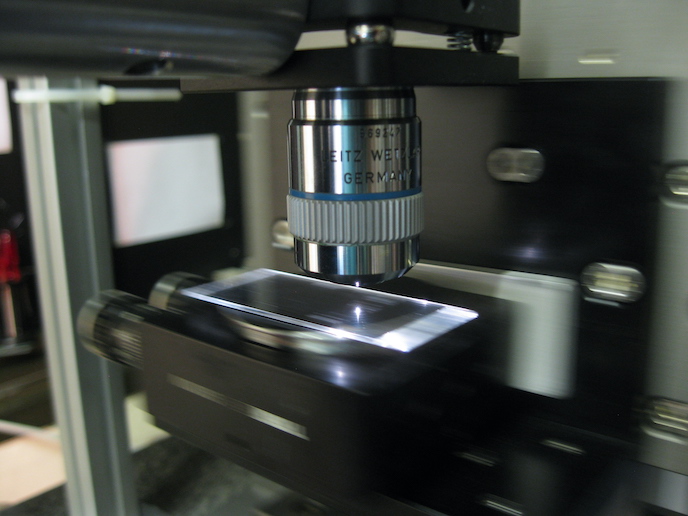Laser technology gets a boost
Since its inception in 1976, the free-electron laser (FEL) has come a long way. This type of laser resembles conventional lasers but boasts the widest frequency range among lasers and is widely tuneable. FEL can be used for a variety of X-ray and medical applications, as well as in defence applications. Sophisticated FEL facilities in Europe can therefore help advance these fields, bringing notable benefits to healthcare and to national security. Under the EU-funded project 'European FEL Design Study' (Eurofel), 16 European institutions came together to establish next generation FEL light sources in France, Germany, Italy, Sweden and the United Kingdom. The project involved six modules investigating different aspects of FEL technology: electron guns and injectors, beam dynamics, synchronisation, harmonic generation, superconductivity and technology transfer. In more specific terms, the project's first challenge was to design critical components for FEL generation, such as the electron gun, injection system, optical system and electron bunch compression. It then worked on improving beam properties and characteristics of FEL sources. The laser's output characteristics were enhanced, and steps were undertaken to exploit the technology for industrial production of major components in a cost-effective manner. Overall, the project required 223 person-years to complete, over half of which were funded by the EU. This enabled science graduates and scientists to participate in forefront research under a global consortium. The project published its results in 23 journals as well as through 230 conferences, workshops and presentations, paving the way to upgrading and exploiting this technology. Today FEL laboratories dot Europe, and experiments using their technology are continuing to help society and civilisation in several ways. Advances in diagnostic medicine and security have already emerged from FEL.







